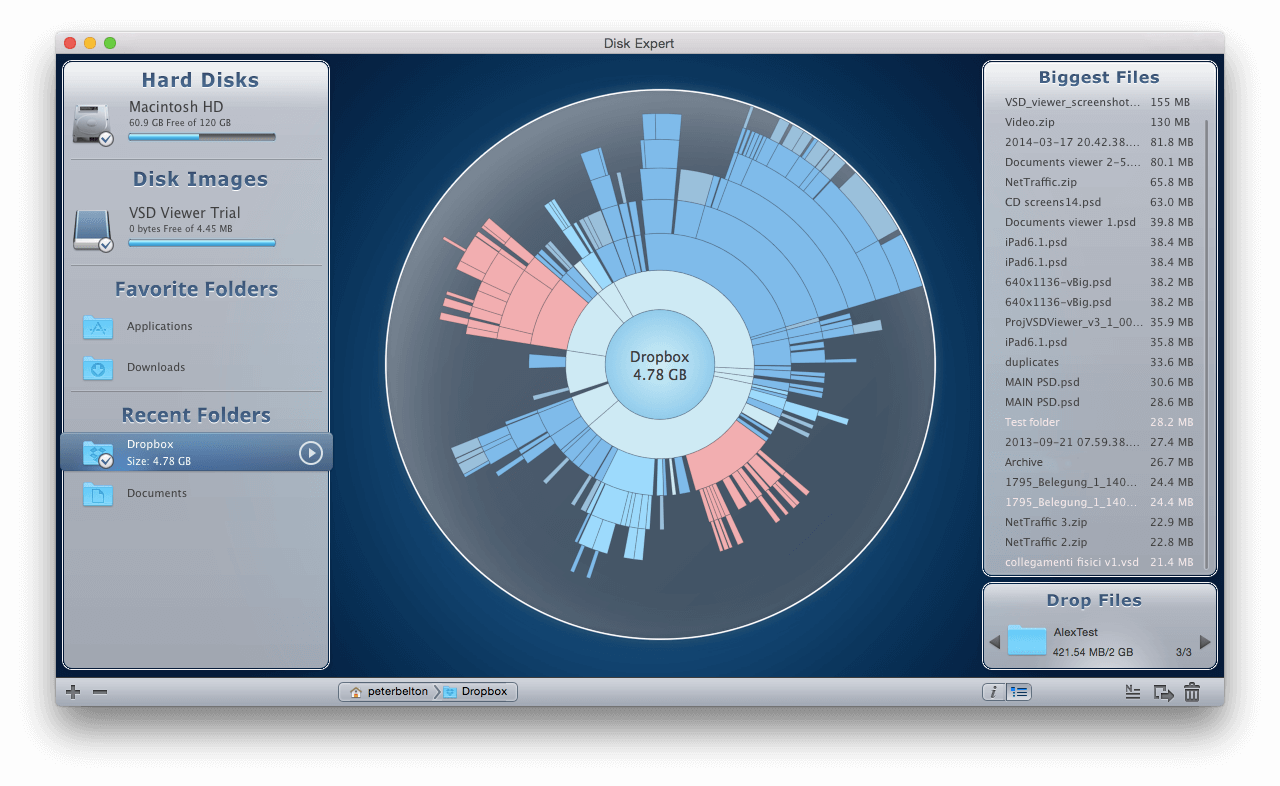


Results revealed that 14.4% of non-asthmatic participants had persistent short sleep duration, while 80.0% had adequate sleep duration from adolescence through young adulthood. Using data from 10,362 participants in the National Longitudinal Study of Adolescent to Adult Health (Add Health) free of asthma at baseline, we constructed trajectories of sleep duration from adolescence (age 13-18) to young adulthood (age 24-32), and used them to examine the association between sleep duration patterns and the risk of new-onset asthma using a log-binomial regression model after adjusting for potential confounders. This study examined the association between sleep duration trajectories from adolescence to young adulthood and the risk of asthma into young adulthood Policy makers and stakeholders should consider increasing access to PA locations as a strategy to promote PA among adolescent girls. After adjusting for confounders, a higher neighborhood PALAS (β = 0.10, p = 0.041) and the presence of a recreation center in the home neighborhood area (β = 0.46, p = 0.011) were associated with more minutes per day spent in moderate to vigorous PA. A PALAS map of the study area was created, illustrating neighborhoods varying in availability and variety of PA locations. Using linear regression models, we examined relations between objectively measured PA among low-income, urban, predominantly African American adolescent girls (n = 555, 2009–2012 data collection), and the PALAS rating of their neighborhood environment (neighborhood PALAS) and their home neighborhood area (PALAS variables/subcomponents within 0.25 miles of the home). Geographic information systems (GISs) were used to create the PALAS. The purposes of this study were to (1) generate a replicable neighborhood-level physical activity location availability score (PALAS) from data variables associated with physical activity among adolescents and adults, and apply this score to Baltimore City, Maryland, and (2) determine if relationships exist between PA and PA location availability. This report summarizes results from the national survey, 33 state surveys, 3 territorial surveys, and 17 local surveys conducted among high school students from February through May 1997.īased on the ecological model of active living, the neighborhood environment may relate to individual physical activity (PA) behaviors.

The YRBSS includes a national school-based survey conducted by the Centers for Disease Control and Prevention as well as state, territorial, and local school-based surveys conducted by education and health agencies. The Youth Risk Behavior Surveillance System (YRBSS) monitors six categories of priority health-risk behaviors among youth and young adults - behaviors that contribute to unintentional and intentional injuries tobacco use alcohol and other drug use sexual behaviors that contribute to unintended pregnancy and sexually transmitted diseases (STDs) (including human immunodeficiency virus infection) unhealthy dietary behaviors and physical inactivity. Priority health-risk behaviors, which contribute to the leading causes of mortality and morbidity among youth and adults, often are established during youth, extend into adulthood, and are interrelated.


 0 kommentar(er)
0 kommentar(er)
